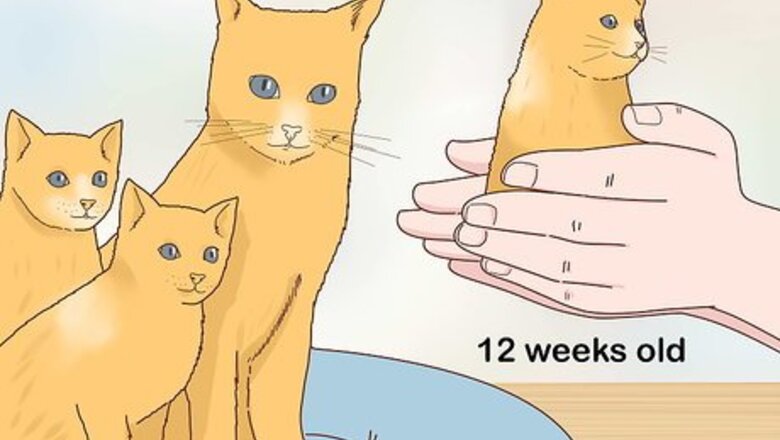
views
Preparing a Kitten for Separation
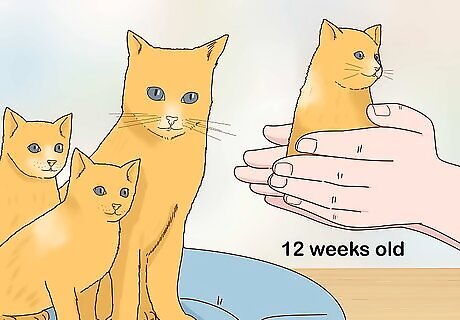
Expect to separate the kittens from their mother when they are around 12 weeks old. While most kittens are weaned by 8-10 weeks, most experts recommend leaving kittens with their littermates until 12-13 weeks, so they can be properly socialized. Socialization is the process whereby kittens explore their surroundings and accept what they find as normal. A well-socialized kitten is bold, confident and friendly. Separating a kitten from its mother too early, on the other hand, may lead to poor learning skills and aggressive behavior. A kitten will start learning at about 3 weeks of age and continues to soak up experiences until 12-14 weeks when her ability to adapt to the unfamiliar tails off. The implication of this is that a kitten will benefit greatly from learning from its mother until 12 weeks of age. However, if re-homing is delayed too long after that, the kitten is much more likely to be fearful and hide from the new owner.
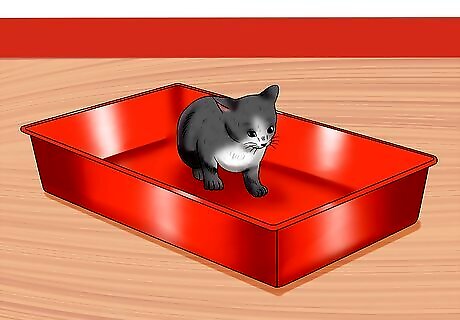
Be sure the kitten has learned to use the litter pan before removing her from her mother. Kittens learn to use the litter pan at different rates, but most will have learned by 12 weeks. Be sure the kitten has learned this crucial skill from her mother before she is adopted out. EXPERT TIP Pippa Elliott, MRCVS Pippa Elliott, MRCVS Veterinarian Dr. Elliott, BVMS, MRCVS is a veterinarian with over 30 years of experience in veterinary surgery and companion animal practice. She graduated from the University of Glasgow in 1987 with a degree in veterinary medicine and surgery. She has worked at the same animal clinic in her hometown for over 20 years. Pippa Elliott, MRCVS Pippa Elliott, MRCVS Veterinarian Pippa Elliott, a licensed veterinarian, suggests: "Make changes gradually, which includes moving from the birthplace to a new home. Be sure to send the kitten to their new owner with some of the food and cat litter it is used to. Avoid making too many changes at once."
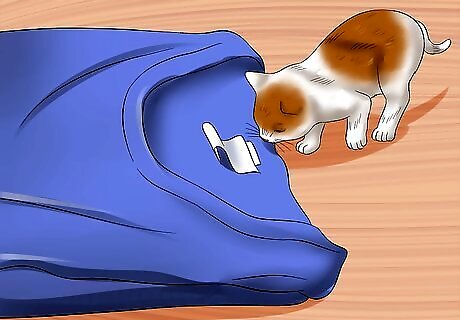
Introduce the new owner’s scent to the kitten. Kittens learn a lot about their environment by scent. They recognize their mother, littermates, and nest by smell. Using this knowledge can ease a kitten’s transition from her mother to a new home. Do this by: Having the new owner provide an old T-shirt that smells like the person. Because kittens are so smell-oriented, placing a piece of the new owner’s clothing in the kitten’s bed or favorite space will get her used to the person’s scent (this is called a ‘scent introduction’). When the kitten moves to the home, she will already be familiar with one of the scents so she will feel safer.
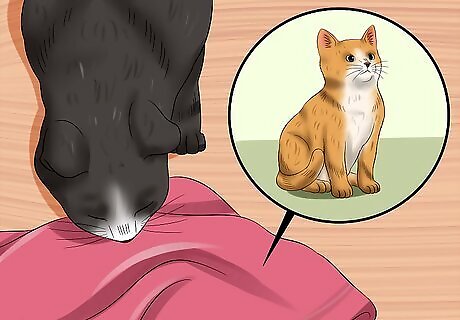
Introduce the kitten’s smell to a cat already living in the new home. Likewise, if the home already has a cat, give him a piece of bedding with the kitten’s smell on it. Doing this will give the established cat a scent ‘handshake’ prior to setting eyes on the new kitten. This will start to diffuse potential tension between the two animals.
Weaning a Kitten
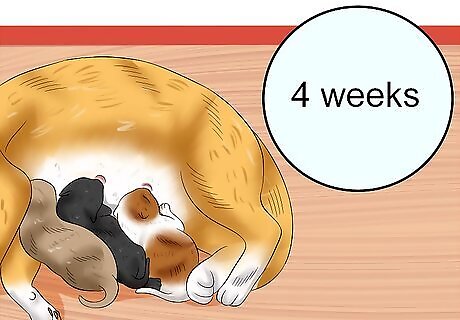
Start weaning the kitten off of her mother’s milk at around 4 weeks of age. Kittens need to be weaned off mother’s milk and onto solid foods before adoption both for their health and to avoid bad habits like “wool sucking,” where cat’s chew and suck on things like fabric. The mother cat will wean her kittens on her own, usually by 8-10 weeks. If you are adopting a kitten before then, you will need to accelerate the weaning process:
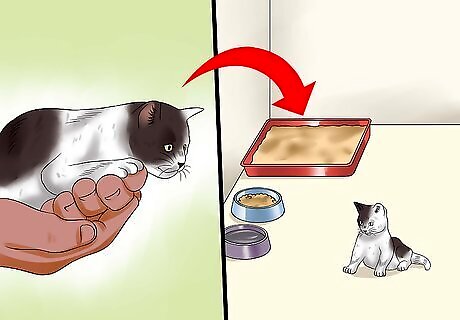
Separate the kitten from the mother. At 4 weeks, you can start putting the kitten by herself for a few hours at a time. Put her in a space with her own litter box, food, and water bowl.
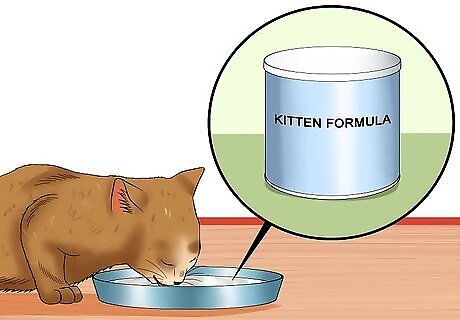
Teach the kitten to lap milk using kitten milk replacer in a shallow bowl. Put your finger just below the surface of a bowl of milk. The kitten will attempt to suckle your finger, but will then find it (instinctively) easier to lap at your finger, rather than suck. Do not give the kitten cow’s milk, as this may upset their digestive system.
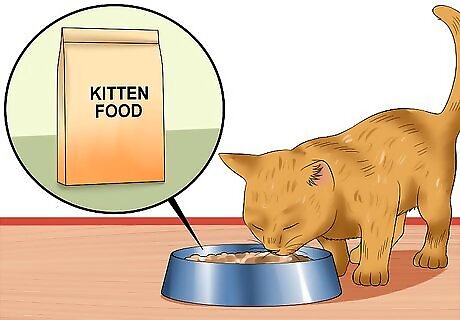
Introduce solid food. Once the kitten can lap up milk, it is time to introduce moist solid foods. You’ll want to start with a gruel-like consistency and slowly remove moisture until by 8-10 weeks, the kitten is eating dry food. To make the gruel, mix dry or canned kitten food with milk replacer until it is the consistency of oatmeal. Each day, gradually decrease the amount of milk replace until by week 6, the food is only lightly moistened. Sometime between weeks 8 and 10, the kitten should be eating dry food.
Helping the Mother Cat Manage Separation
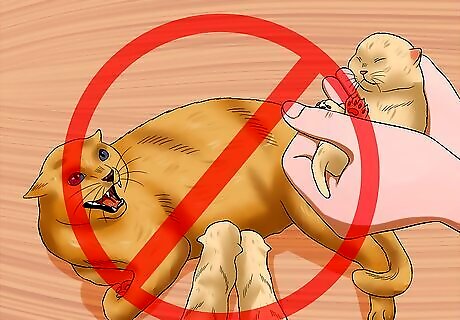
Do not separate the kittens from the mother all at once. It is best for the queen cat’s milk supply to dry up gradually. If you take all her kittens away at once, her mammary glands may become painfully engorged.
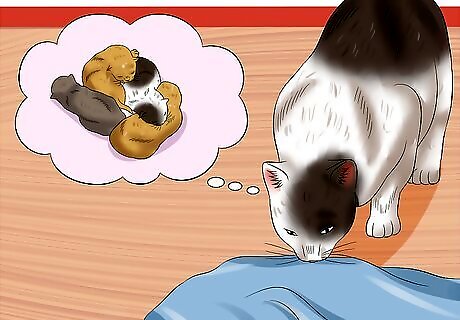
Remove anything marked with the kittens’ scent. The lingering scent of her kittens can remind the mother cat that she needs to check on them, and she may appear to wander around the house looking for them. Once the kittens have gone to their new homes, it is best to remove anything marked with their scent and give the mother clean bedding. As their scent gradually fades from the environment so will her instinct to search and she will settle into her normal routine again.
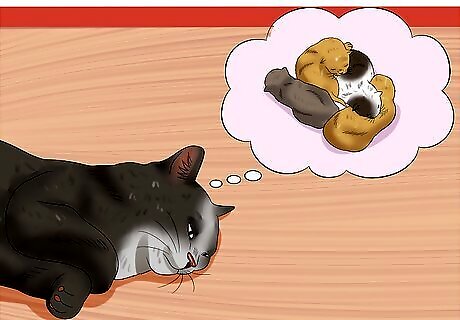
Know that the queen cat will recover quickly from the separation. Nature programs the mother to make her kittens independent in order to survive, and as part of this process, she starts to distance herself from kittens in order to make them stand on their own paws. Re-homing the kittens just expedites that process. So long as her kittens are old enough when they leave (preferably 12-13 weeks) and their smells are removed, the queen cat will usually only show signs of anxiety for a day or two before returning to her normal routines.
Introducing the Kitten to Its New Home
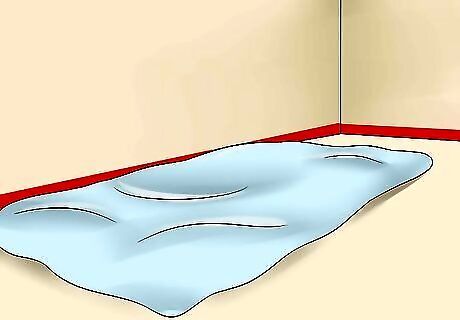
Take some bedding from your kitten’s old home. Arrange ahead of time to take a towel or blanket your new kitten slept on from her old home. Having a familiar scent will make the adjustment much easier. Use this blanket or towel in the carrier on the way home and leave it there for your cat to sleep on.
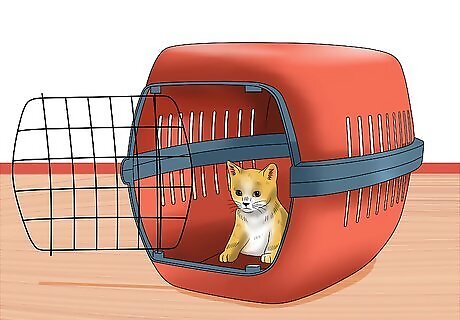
Bring your new kitten home in a carrier. The carrier will keep your kitten safe and help him/her feel more secure. Place a towel in the carrier for warmth and to absorb urine in case of an accident. Don’t use another pet’s carrier, as the smell of another animal can be stressful to the kitten.
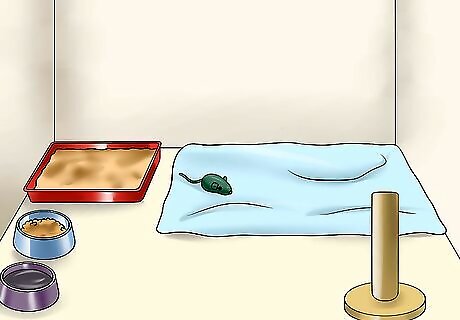
Create a secure den for the kitten. Provide your kitten with her own small room or space. It should be quiet and out of the way. The space should have a bed, water, kitten food, a litter box, scratching post, and safe toys. Whether you use a cardboard box or a bed purchased from a pet store, consider lining it with an old sweatshirt so your kitten can grow accustomed to your scent. Be sure the room or space has places to hide. If there is no furniture to hide behind, put cardboard boxes in the room with holes cut into them for your cat to enter.
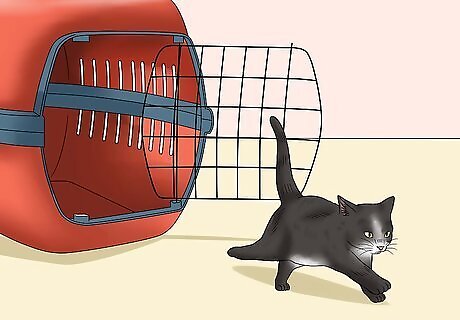
Let your kitten explore her den at her own speed. Place her carrier in the room, open the door, and let her come out when she’s ready. Leave the carrier in the room as another hiding place.
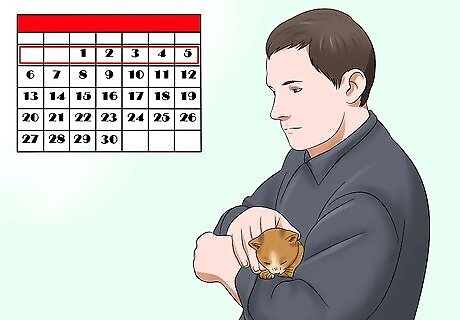
Limit your interaction with the kitten for the first week. You will likely want to hold and pet your kitten continuously. Don’t. Your kitten needs time to adjust to her new environment, including the people in it. Introduce one family member at a time, and take it slow, letting your kitten come to you. Be sure to teach young children how to interact with your kitten properly, including how to safely hold her. Do not allow children under 5 to interact with the kitten. It is unsafe for the cat.
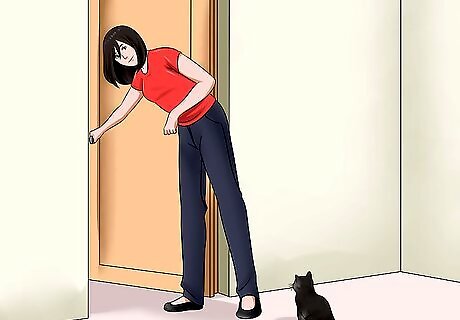
Introduce your kitten to your home once she has settled in her den. When your kitten is eating, drinking, and using the litter box regularly, that is a sign that she is comfortable in her room and you can start introducing her to the rest of your home one room at a time. Place her open carrier in a room and let her explore on her own. After exploring, bring your kitten back to her den for at least a few hours before exploring the next room. If your kitten climbs on something – a bookshelf, bed, etc. – that you don’t want her on, gently pick her up and place her on the floor. If you do this from day one, you should have less trouble establishing off-limits places for your cat.
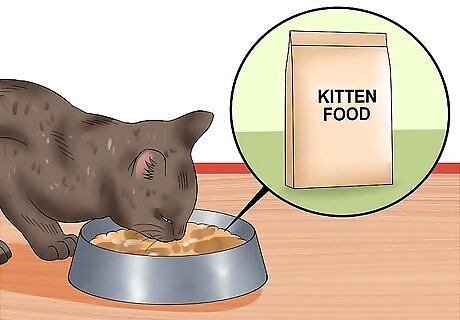
Continue to feed the kitten the food she was weaned on to avoid causing her health problems during the separation. Giving the kitten the food she is used to will provide a source of comfort and avoid an upset stomach caused by the bacteria in her gut having to adjust to a new food. Plan ahead and ask the person you are buying the kitten from what kind of food they have been feeding it, so you can have that food ready when your kitten arrives at your home.
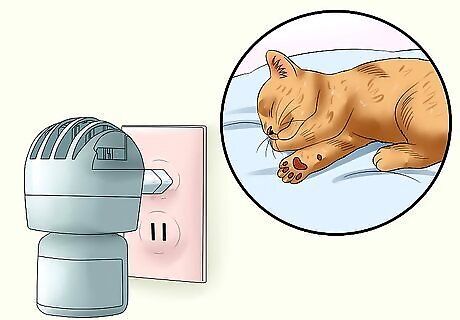
Consider using a plug-in pheromone diffuser to ease the kitten’s anxiety. Cats produce facial pheromones (chemical signals) that they rub on things they know are safe—like their bed, a chair, or even your leg. There are plug-in diffusers that spray a synthetic version of these pheromones, which let cats know they are in a safe environment. They last about 30 days – plenty of time to comfort your kitten until she has adjusted to her new environment. The most commonly used kind of pheromone diffuser is Feliway. It can come as a spray or as a device that you plug in to the wall that will emit the pheromones automatically.
Introducing Your New Kitten to Your Old Cat
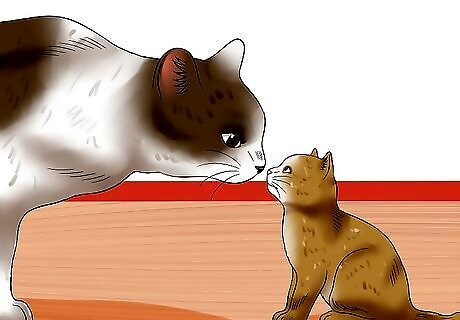
Introduce the new kitten to a cat already living in the house gradually. If the kitten has been socialized properly and placed in the new house between the ages of 12 and 13 weeks, she should settle into the new home easily. However, if there is another cat already living in the house, you should introduce the two felines slowly.
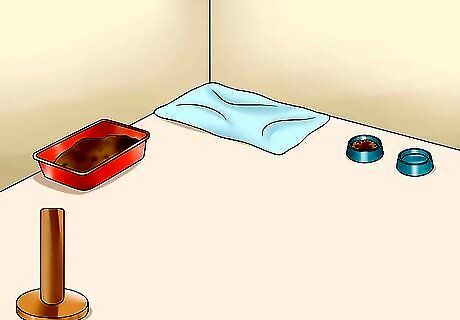
Set up the kitten’s den in an area your current cat does not use frequently. This gives the older cat a chance to realize there is another feline in his territory in a non-challenging way, as she’s not competing for his food or prime sleeping spots (a.k.a. his resources).
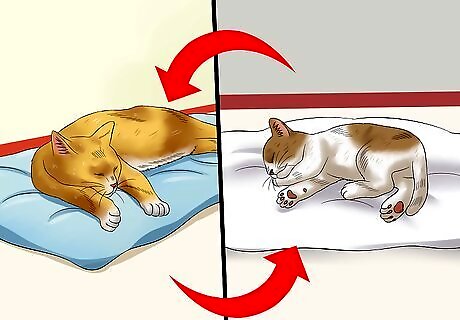
Provide a scent introduction first. Your cats will sniff at each other under the door to the new kitten’s room. You can also swap bedding between the two animals so they can get used to one another’s smell. It also helps to stroke one cat, and then the other to mingle their scents. Be sure to give extra attention to your resident cat to ease his anxiety. If you ignore him and focus all your attention on the kitten, this will create problems.
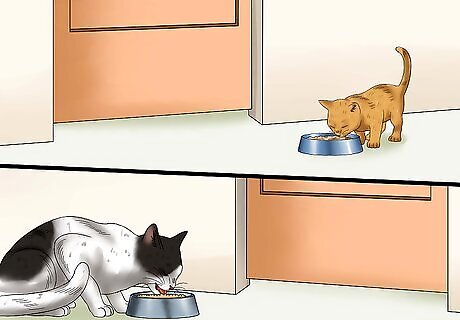
Feed the cats on either side of the new kitten’s door. This will lead each cat to associate the other cat’s scent with something good: food.
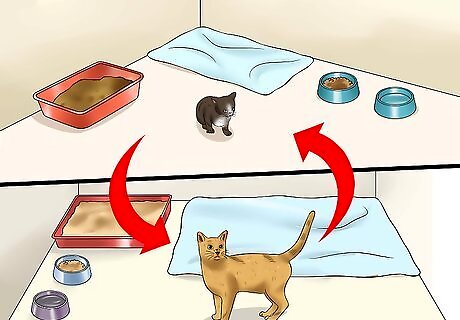
Have the cats trade places once the kitten has adjusted to his new den. While the new kitten is being introduced to other parts of the house, put your old cat in the kitten’s room. This will let the cats explore one another’s scents in new spaces.
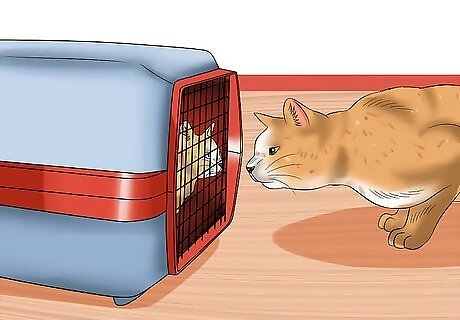
Let the cats meet one another once the kitten is comfortable in his new home. Place a barrier between the cats or keep the kitten in a carrier so that she can’t pounce or jump on the older cat, who will regard this as an affront. Let them get used to each other by sniffing and touching noses through the grill of the carrier. Hopefully the older cat will reach a stage of indifference and merely wander off—this is a sign that he has accepted the kitten. If either cat shows signs of serious hostility - prolonged hissing, trying to scratch or bite the other cat - give them a few more days to get used to one another’s presence before putting them in the same room again.
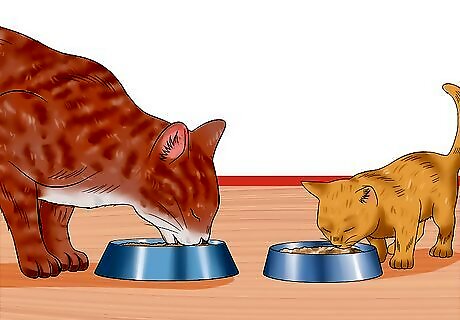
Try feeding the cats together if they are not getting along. At first, put their bowls on opposite sides of the room. Gradually move them closer together. The idea here is to have your cats associate one another’s presence with the positive experience of eating.
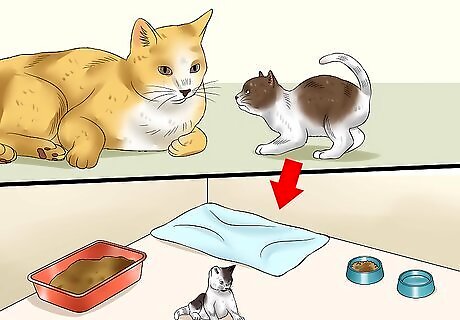
Separate the kitten from the other cat if the kitten has a little too much energy. Once the older cat has accepted the kitten, you can let the kitten wander around the house. However, it is important to keep an eye on the kitten, especially when the older cat is around. If the kitten starts to play and becomes overly boisterous with the adult cat, pop her into a different room so the original cat is given precedence in his territory.




















Comments
0 comment